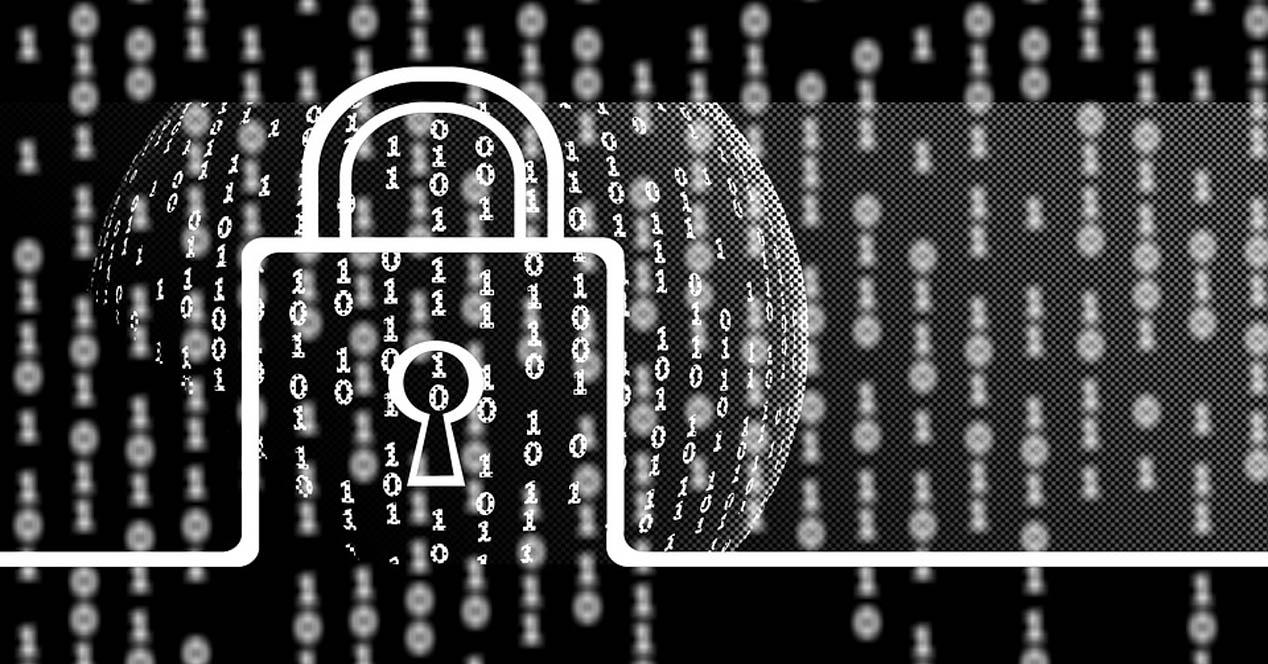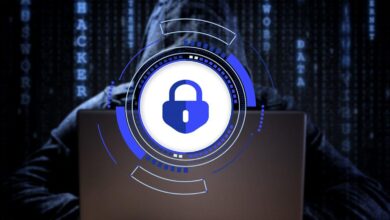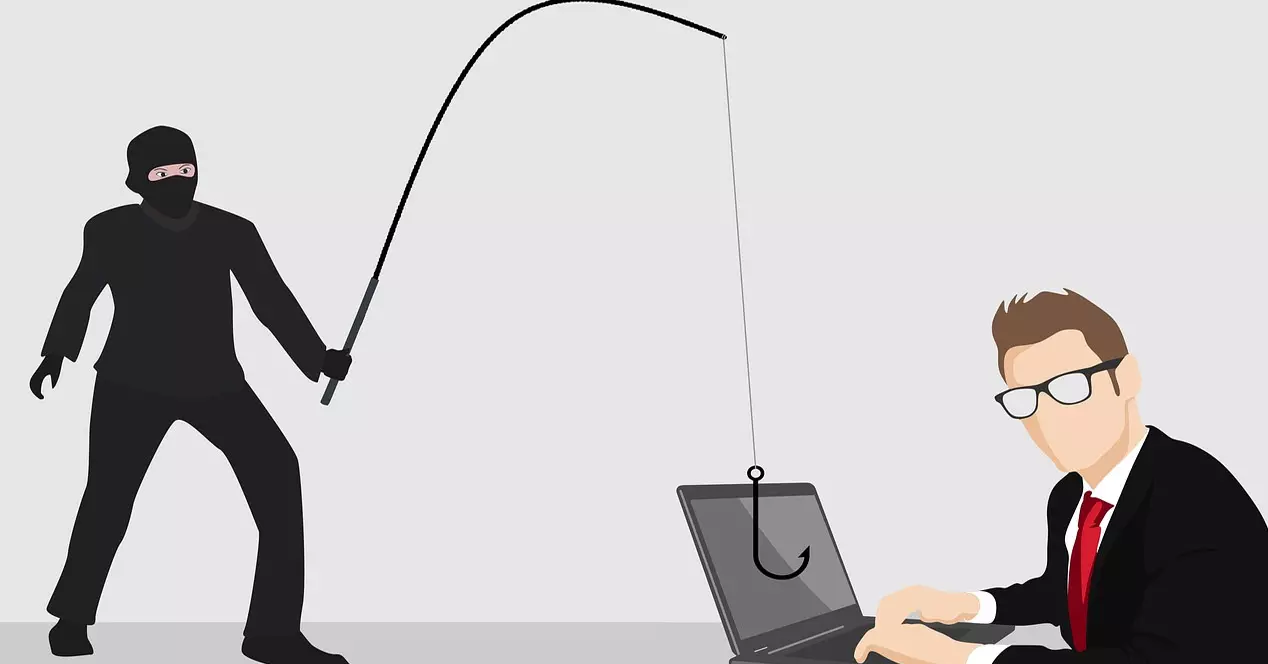
Keep in mind that there are many types of malicious software. You can run into viruses, Trojans, ransomware, spyware… Each one can affect you in a different way, but in all cases your security and privacy will be compromised. Taking measures, acting correctly on the internet, will be essential to avoid it.
Common uses for sneaking malware
Although it is true that hackers tend to update frequently, there are malware means of entry they are always present. They know that there are many potential victims using those platforms and therefore may have a higher chance of achieving their goal.
Files by email
The first case is through a email. There they can send you a malicious file, created to steal your passwords or affect the operation of the system. Normally they will use some strategy to invite you to open that email. They can tell you that you need to make a change in an account, that there has been a problem, that you have received a prize…
To avoid problems of this type, the ideal is not to download files that arrive by mail, unless you are completely sure that it is reliable. However, it is good to have a good antivirus in case, by mistake, you end up downloading a file that is actually malicious software.
fake programs
Another method widely used by cybercriminals to scam and sneak in malware is through fake apps. They are programs that you are going to install from unofficial sources, such as third-party sites and pirated downloads that you make on the Internet. They have been able to modify a legitimate program or create one pretending that it is the official one.
Our advice is to always download programs from legitimate sources. You can go to the official website of that program or use legitimate stores, such as Google Play. The goal is to only use software that has been previously reviewed and is not a problem.
WhatsApp messages
WhatsApp it is a platform that is widely used by everyone and this also includes hackers. They can send fake messages, with files that may contain viruses. It’s a way to easily distribute malicious software, even though they need to pass important security filters.
Be careful with this, since you are not necessarily going to receive a fake file from an unknown number; Sometimes a friend or family member can send it to you, since they may have previously been victims of a computer attack. Therefore, always keep common sense, check everything very well and do not make mistakes.
fraudulent pages
The fake pages, which can be found everywhere, are another nest of viruses and malware in general. You may think that you are browsing a legitimate site, to obtain information about something in particular, read news or any download page, but it is really a fake site, created only to sneak in viruses.
It is important that you review the URL very well, that you look at the content of that page and do not expose more information than necessary. That will help you avoid many problems, which can seriously compromise your privacy on the web.
As you can see, hackers are going to have many options to sneak in viruses. It is important that you take measures, that you carefully review what you download from the Internet and that you properly protect your equipment. It is key to have a good antivirus, but also to have them updated to correct vulnerabilities.



